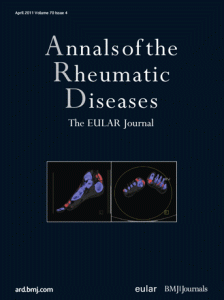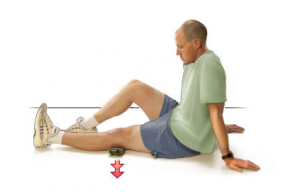 The position taken by more conservative assessors of the role of micro-nutrient supplementation as a mechanism for managing joint damage is that there is little evidence of any quality to support unequivocal recommendations. Yet many people have found improvement beyond that which may be engendered by the ubiquitous placebo benefits due to time and x-ray confirming changes. That is unless placebo can increase articular cartilage in which case we can all settle down to a night time drink sweetened with those magic pills of sugar! – or would that be an ethically challenging Morpheus inducer?
The position taken by more conservative assessors of the role of micro-nutrient supplementation as a mechanism for managing joint damage is that there is little evidence of any quality to support unequivocal recommendations. Yet many people have found improvement beyond that which may be engendered by the ubiquitous placebo benefits due to time and x-ray confirming changes. That is unless placebo can increase articular cartilage in which case we can all settle down to a night time drink sweetened with those magic pills of sugar! – or would that be an ethically challenging Morpheus inducer?
A paper out in the Annals of Rheumatic Diseases this march 2011, suggests otherwise. Whilst the numbers are modest – 69 participants the methodology is solid. The objective of the study was to determine the effect of chondroitin sulphate (CS) treatment on cartilage volume loss, subchondral bone marrow lesions (BML), synovitis and disease symptoms in patients with knee osteoarthritis (OA). Essentially does taking a food supplement containing Chondroitin Sulphate improve arthritic knees?
In summary
CS treatment significantly reduced the cartilage volume loss in knee OA starting at 6 months of treatment, and BML at 12 months. These findings suggest a joint structure protective effect of CS and provide new in vivo information on its mode of action in knee OA.[1] 800mg daily dose.
Why does it work:
CS belongs to the glycosaminoglycans and is a major component of articular cartilage. On OA joint tissues, CS has been shown to modify the chondrocyte death process, to improve the anabolic/catabolic balance of the extracellular cartilage matrix, to reduce some pro-inflammatory and catabolic factors, and to reduce the resorptive properties of subchondral bone osteoblasts.[2]
Evaluation
Rather than just using X rays, which whilst has been criticised for revealing incomplete information about the cartilage status, this study used MRI as it allows for a more accurate assessment of cartilage thickness and volume as well as looking at the other relevant joint structures.
Findings
The use of CS and NSAIDS together gave improvement in symptoms that CS alone did not achieve, but this may be due to the relatively small sample size losing the end points in statistical noise or that it was difficult to get patients to exclude NSAIDS. However, the indications are that whilst CS has positive effects on the signs of OA changes the symptom relief may take longer and suggests that in clinical application that use of this safe supplement may require early and lengthy intervention for the symptoms to match the beneficial changes in structure.

One other feature is that posterior articular cartilage of the patella was not measured and this is a common site of discomfort for which exercise at strengthening the muscle vastus medialis has been very effective – so maybe a combination of supportive rehabilitation exercises and supplementation would provide a better overall symptom outcome.[3]
References
[1] Wildi LM, Raynauld JP, Martel-Pelletier J, Beaulieu A, Bessette L, Morin F, Abram F, Dorais M, Pelletier JP.
Chondroitin sulphate reduces both cartilage volume loss and bone marrow lesions in knee osteoarthritis patients starting as early as 6 months after initiation of therapy: a randomised, double-blind, placebo-controlled pilot study using MRI. Ann Rheum Dis. 2011 Mar 1 View Full Paper
[2] Bassleer CT,Combal JP,Bougaret S, et al. Effects of chondroitin sulfate and interleukin-1 beta on human articular chondrocytes cultivated in clusters. Osteoarthr Cartil 1998;6:196–204 View Abstract
[3] Witvrouw E, Danneels L, Van Tiggelen D, Willems TM, Cambier D. Open versus closed kinetic chain exercises in patellofemoral pain: a 5-year prospective randomized study. Am J Sports Med. 2004 Jul-Aug;32(5):1122-30. Epub 2004 May 18. View Abstract





